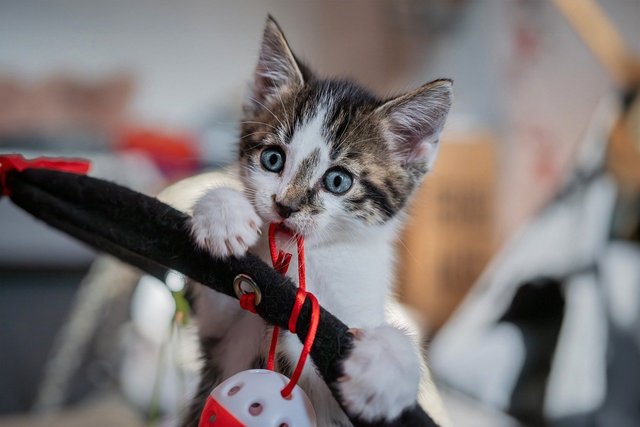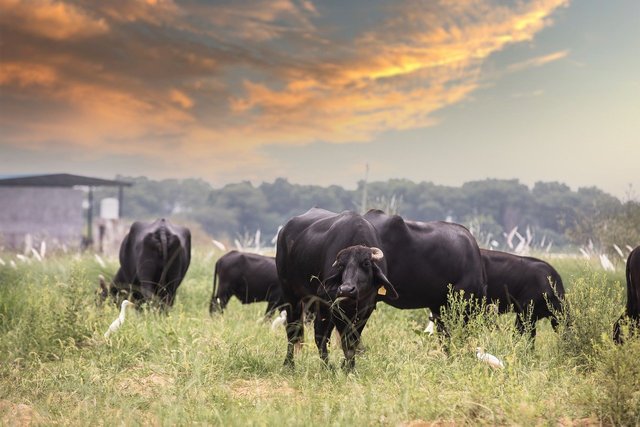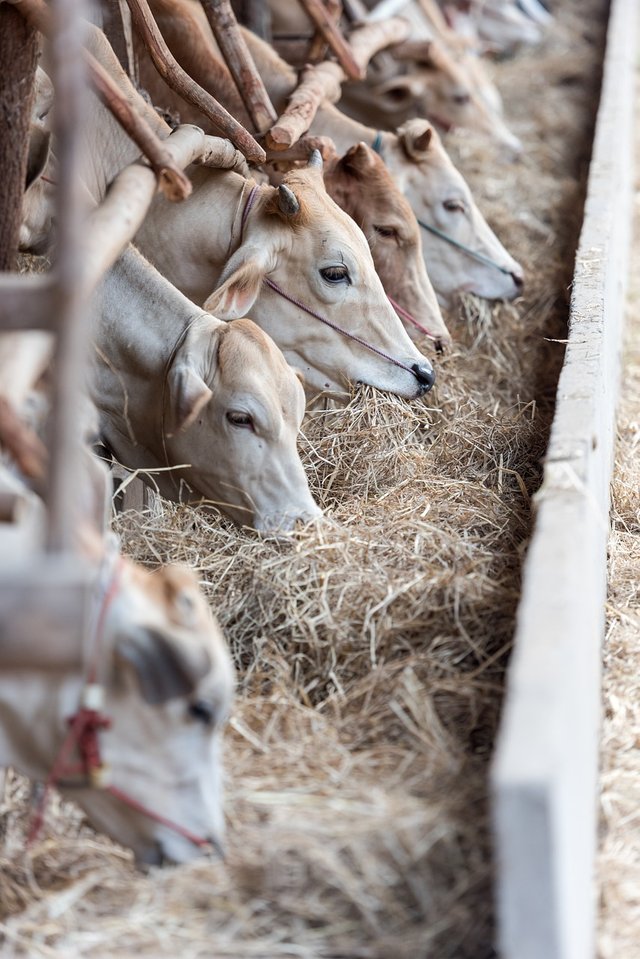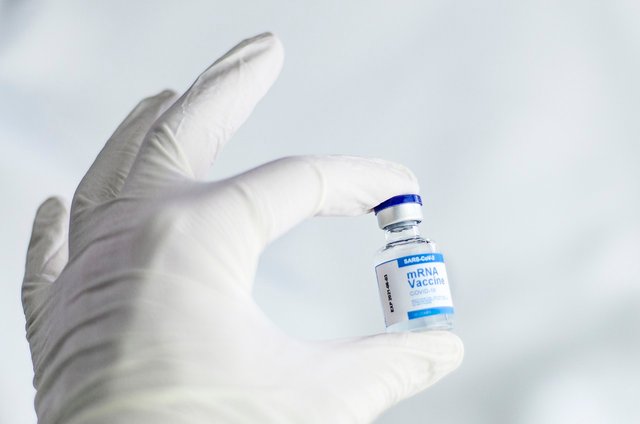Contest: "Learn with Steem - Animal Health
.jpg)
Common Diseases in Pets and Livestock in Pakistan: Prevention and Vaccination
In the fast pace environment of Pakistan the importance of pets and livestock has remained very significant in the life of millions of people. Alas, these are not immune to getting sick with different illnesses, including these are warm and friendly companions for their owners. The main purpose of this article is to present the most frequent diseases that affect pets and livestock, measures that should be taken and stress on the aspect of vaccination in Pakistan.
Common Diseases in Pets
Common domestic animals which include dogs, cats, birds, and small animals are surrounded by many diseases which are fatal if appropriate treatment is not sought. Here are some common ailments in pets:
Parvovirus: A sickness of dogs that is gradually spreading, and acts on the digesting system and makes the organism to dehydrat. This sickness is a more common disease in puppies, and the sickness is very dangerous that can lead to the death of a puppy if is not cured on time.
Rabies: Disease affecting mammal like dog and cat and it infects the nervous system of the affected animal.
When it transmit to another animal that develop disease through contact, the individual disease is get. When a person is infected, there are signs of this diseased it is very hard to treat him or her but vaccination is highly recommendable.Feline Leukemia (FeLV): A feline calicivirus or feline panleukopenia virus that comes with symptoms like anemia, depressed immunity to diseases, and tumors. Its spread can be by touching, or feeding on foods which have been contaminated or by drinking contaminated water.
Avian Flu: A disease which is transmittable and impacts birds inclusive of parrots, pigeons, and other domesticary birds. It may lead to paralysis or even death or problem with breathing.
Ringworm: A dermatophyte disease that affects the skin covering and hair of animals, shaving their bodies as well as giving them scaly skin resembling dandruff.

Preventative Measures for Pets
To keep your pets healthy, follow these preventive measures:
Regular Vaccination:Vaccinate your animal pets for illnesses like parvovirus, rabies and feline leukemia.
Regular Health Checks: Routine check up with the vet ensures that signs of a disease are detected early and necessary remedies are instituted.
Good Nutrition: Proper feeding makes it harder for diseases to attack your pet’s body, thus allowing them to combat diseases more easily.
Hygiene: In addition, the area where your pet lives, the toys and feeding tools you keep there should also be washed regularly so as to avoid your pet getting infections.
Safe Socialization: This therefore means that people should not take their pet animals near other animals that are sick as this can cause your pet also to be infected with certain diseases, apart from just keeping the pet animal indoors as this can also expose it to infections.
Some of the diseases affecting livestock
The major livestock breeds in Pakistan include cattle, sheep, goats, and poultry and are suffering from various health problems. Some prevalent diseases include:

Brucellosis: This bacterium infects the genital of cows; it leads to abortions, still birth and infertility. Another way through which people can come into contact with this diseases is through picked up from animals.
Foot and Mouth Disease (FMD): This includes a viral disease which is found in animals that pass from one
animal to the other such as those with cloven hooves and with lesions on mouth and feet to mention but few because of diseases that affects their eating habits and mode of movement.(PPR): A disease of the small stocking animals such as sheep and goats, which has signs of high fevers, nasal discharges, and diarrhea.
**Newcastle Disease:The virus has to be capable of causing the illness to be communicable in the poultry animals that.Pove edible respiratory diseases, nervous diseases and high mortality rates.
Mastitis: An inflammation of the mammary glands in dairy animals characterized by bacterial infection and results to low milk yield and poor quality.
IDEAS FOR MITIGATION OF EMERGENCY IN LIVESTOCK The following are measures that would help in the prevention of spread of disease or an emergency among animals ranked from best to worst:

source
To maintain livestock health, consider the following preventive measures:
**Vaccination:To prevent dangerous diseases such as FMD, PPR and Newcastle diseases among your livestock, it is advisable to have the animals vaccinated within the recommended period.
Good Sanitation: Ensure that the living environment does not harbor contacing to reduce incidence of diseases.
Biosecurity Measures: Cajole animals into and out of your farm while putting a barrier between animals that are affected with some disease and others.
Nutrition and Management: Keep the animals in a healthy and immune status by feeding it appropriately, providing them with fresh water, and taking care of them by providing them with proper shelter.
**Regular Veterinary Check-ups:The other aspect also plays a very prominent role in the detection of the disease at early stages which ultimately enhances the morbidity/ mortality indices.
Importance of Immunization in Animals
It is important to stress that vaccination is important in the fight against the diseases of pets and livestock. Enhances the human immunity system and prevents dangerous, severe illnesses that are otherwise fatal. Many animals in Pakistan are suffering from diseases which could easily have been prevented by giving them vaccines.
Vaccines should be used as intended and avoided anything that interferes with proper use. The recommended schedule is important in assuring this. These include:
Choosing the Right Vaccine: Depending on the age, species and your locality, the vet will give you advice on which type of vaccine is best suited for your pet or livestock.
Follow the Recommended Schedule: Make sure the vaccines are given according to the schedule they occur as per type of vaccine and age of the pet.
Revaccination: Some vaccines demand the administration of booster doses to maintain immunity for a long time. Finally, monitor your pet or livestock vaccination history and make sure that the animal has been revaccinated for the proper diseases.
**Correct Administration:Strict adherence to normal procedures in administering the vaccine to ensure that it goes where it’s supposed to in the body, specifically, to the tissues and muscles.
**Post-Vaccination Monitoring:Check on your pet or livestock to see if there is any bad reactions to the vaccine like fever, swelling or lethargy. Inform your veterinarian immediately of these reactions

At last, it is vital to keep pets and livestock healthy that can only be done through constantly prevention, vaccination and observation. InPakistan, these steps are inevitable in order to reduce the probability of occurrence of these simple diseases and to safeguard our beloved pets. With help of regular prevention procedure, proper vaccination and following the rules above, we can minimize the consequences of diseases of pets and livestock, thus making the life of people and animals better and healthier.
@neelofar
@abdullah97
@zoyabhatti06
